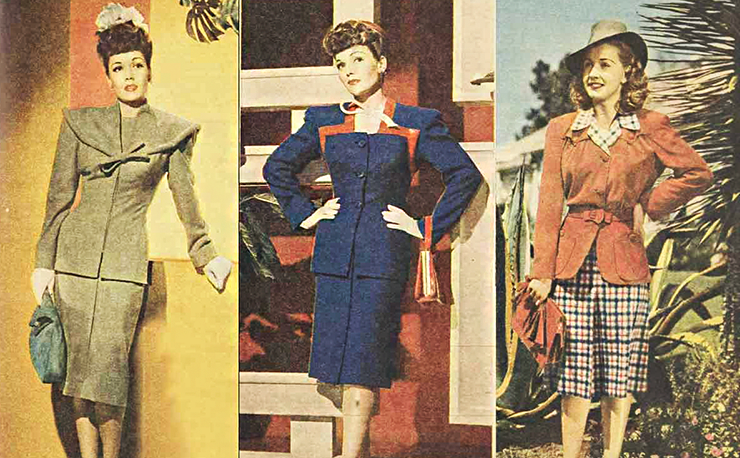
Hattie Carnegie (March 15, 1886 – February 22, 1956), born Henrietta Kanengeiser in Vienna, Austria, left an indelible mark on the fashion industry. Emigrating to the United States with her family at a young age, she settled in New York City. Despite her humble beginnings and the lack of formal training, Carnegie’s vision and ambition drove her to become one of the most influential fashion designers and entrepreneurs of the 20th century. Her name became synonymous with elegance, style, and quality—an epitome of American fashion.
Carnegie’s career began in her teenage years when she worked in a millinery shop to help support her family. Fascinated by the world of fashion, she started creating her own hats, and her flair for design became quickly apparent. In 1909, she took a bold step and co-founded her first shop, Carnegie-Ladies Hatter, with a partner, Rose Roth. The shop specialized in millinery and later expanded to offer custom dresses. The business thrived, and when Roth eventually left, Hattie rebranded the shop as Hattie Carnegie, Inc. The name change was symbolic of her aspiration; she chose “Carnegie” after the wealthy industrialist Andrew Carnegie, embodying her ambitions for success and luxury.
Throughout the 1920s and 1930s, Hattie Carnegie’s influence grew exponentially. Unlike many designers of her time, Carnegie did not sketch or sew herself but relied on a talented team of seamstresses and designers. She possessed an extraordinary eye for detail and a knack for anticipating and interpreting trends. Her boutique became known for its sophisticated and meticulously curated collections, blending European elegance with American sensibility. She imported haute couture from Paris, adapting it to the American market, making French fashion more accessible to American women who craved style and elegance.
Carnegie’s boutique became a symbol of refinement, drawing the attention of both celebrities and socialites. Her designs were favored by women who wanted to exude sophistication, including some of the most famous names of the era, such as Joan Crawford and the Duchess of Windsor. Carnegie’s style was characterized by timeless silhouettes, luxurious fabrics, and immaculate tailoring. She wasn’t afraid to innovate, incorporating elements from different cultures and periods, yet always maintained a sense of balance and restraint.
Despite the success of her high-end lines, Hattie Carnegie was not exclusive to the elite. In the 1930s, she expanded her business to include a ready-to-wear line, making her designs accessible to a broader audience. She also launched a line of jewelry and perfumes, diversifying her brand and solidifying her status as a fashion powerhouse. Her ready-to-wear collection maintained the essence of her custom pieces but was available at a more affordable price, allowing women across America to own a piece of Carnegie’s vision.
Hattie Carnegie’s impact extended beyond her own label. She mentored and nurtured some of the greatest fashion talents of the mid-20th century. Names like Norman Norell, Claire McCardell, and Jean Louis—each of whom went on to become influential figures in their own right—got their start under Carnegie’s guidance. She had an exceptional ability to identify talent and gave many young designers a platform to develop their skills and ideas.
Carnegie’s legacy is not just in her designs but also in the way she operated her business. She was a savvy entrepreneur who understood the importance of branding and image. Her store, located on East 49th Street in Manhattan, was a fashion destination, exuding luxury and exclusivity. Yet, she managed to balance this high-end image with a sense of accessibility through her ready-to-wear lines. By bridging the gap between haute couture and American fashion, Carnegie helped democratize style in the United States.
Hattie Carnegie’s influence waned in the 1950s as she aged, and the fashion landscape began to shift towards more casual and youth-oriented designs. However, her contributions to American fashion and retail remained significant. She passed away on February 22, 1956, but her impact endures through the countless designers she mentored and the timelessness of her aesthetic.
Hattie Carnegie was more than just a designer; she was a visionary who transformed American fashion. Her ability to merge luxury with accessibility, combined with her eye for talent, set her apart as a pioneer. She left behind a legacy that continues to inspire designers and fashion enthusiasts, embodying the spirit of elegance and innovation.
The post Hattie Carnegie appeared first on The Fashiongton Post.
